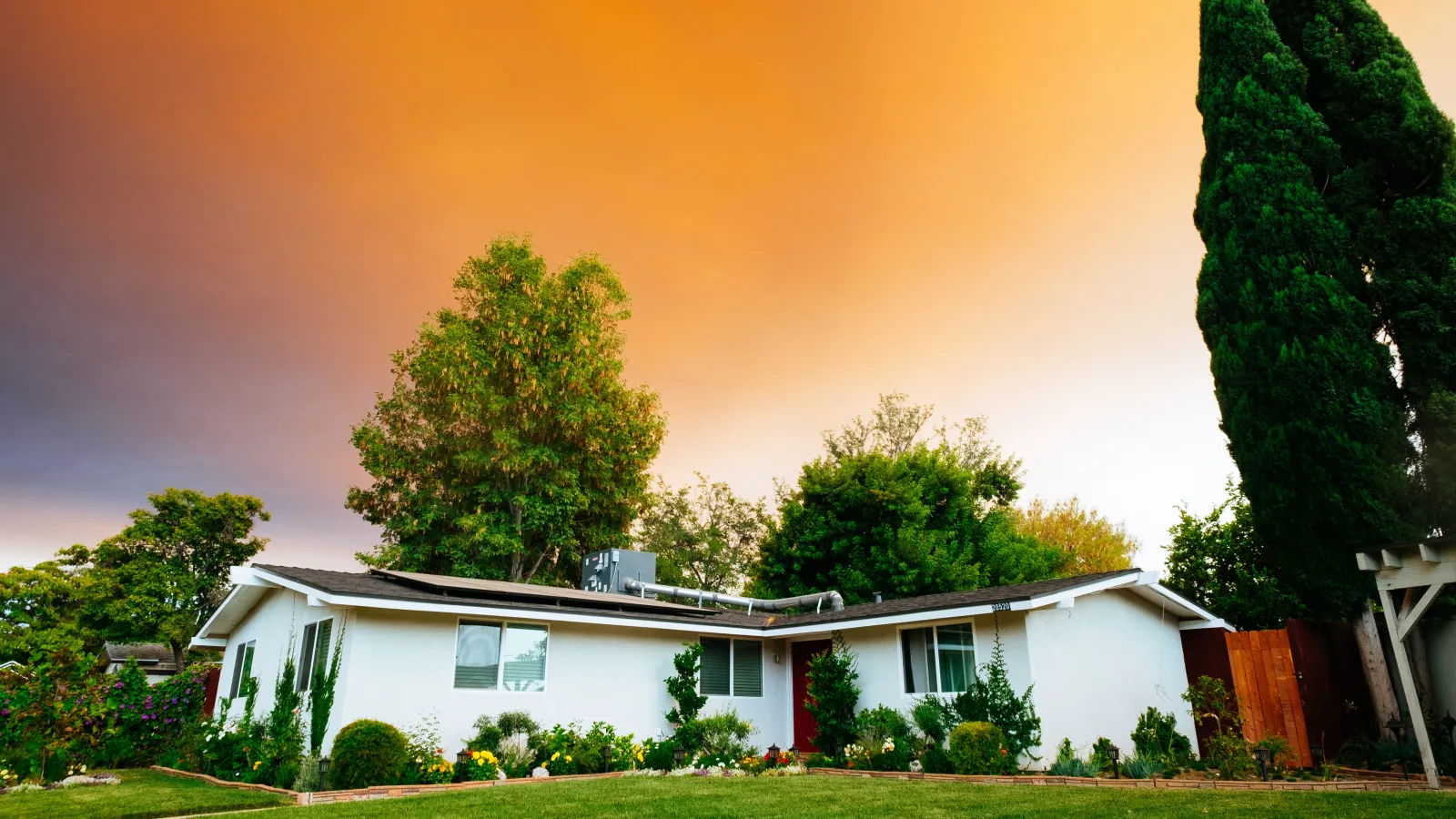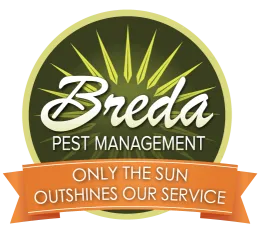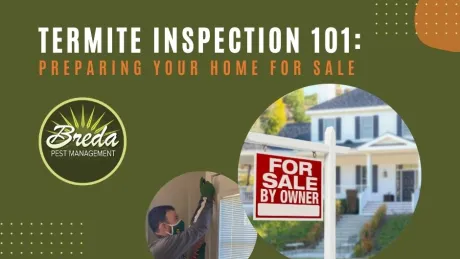â
The second greatest fear in the United States is none other than arachnophobia. But not to fear, Breda is here! Out of all the species native to Georgia, the notorious black widow is one of the most feared. Black Widows can be found all over North America and are especially common in the South. Here are some tips on identifying and handling black widows.
Features of a Black Widow
Black widows can easily be identified by their red hourglass shaped markings on the underside of their belly. They are a shiny black color. Females are typically 1.5 inches long while the males grow to be about half the size of their female counterparts. Male spiders do have longer legs in proportion to their body. Black widows spin asymmetric webs that are used for hunting prey and holding their eggs.
Black widows are known for delivering a painful and venomous bite. They are the most venomous spider in North America, 15 times more venomous than a rattlesnake. Although black widows are extremely venomous, they will not seek confrontation with humans and only bite if they feel threatened or disturbed. Females are also more likely to deliver venom than their male counterparts. Although bites very rarely result in death, it is wise to seek medical attention after getting bitten. Some symptoms of a bite include swelling, severe pain in the abdomen and back, extreme sweating, and nausea.
Where Black Widows May Hide
Black widows can typically be found under rocks, logs, and debris, or wherever they can easily spin a web. Female black widows tend to their eggs and rarely leave their web. They wait patiently for prey to get trapped in their webs instead of actively hunting like some spider species. If black widows come into a home, they will typically hide in dark, damp places where they can form a spiderweb. Be wary of debris or low lying objects in places like garages or basements where black widows can take up residence.
Black Widow Prevention
There are proactive steps that homeowners can take to prevent a black widow infestation. The two biggest tips are to eliminate any cozy living spaces as well as cut off their food source. If black widows can't find a safe living space or any insects to eat then they will leave your house.
Start securing your house from black widows by cleaning out any clutter or debris that black widows could spin a web in. Trim weeds and other plants around the building foundation to discourage spiders and other insects from settling in the grass. Regularly vacuum and dust under furniture, around windows, and around corners of rooms to destroy any webs. Take time to seal off any outside holes, cracks, or crevices on the exterior of your house. Not only will this keep out black widows, it will also deter smaller insects that these spiders often prey on. Another thing you can do is keep outdoor lights off to stop attractive spider food. Breda Pest combines all of these techniques with contact kill treatment along with our webster which shoots down webs around the house. Our service provides a safe and reliable way to treat an arachnid infestation!

How To Protect Your Home From Black Widow Spiders
October 24, 2013



